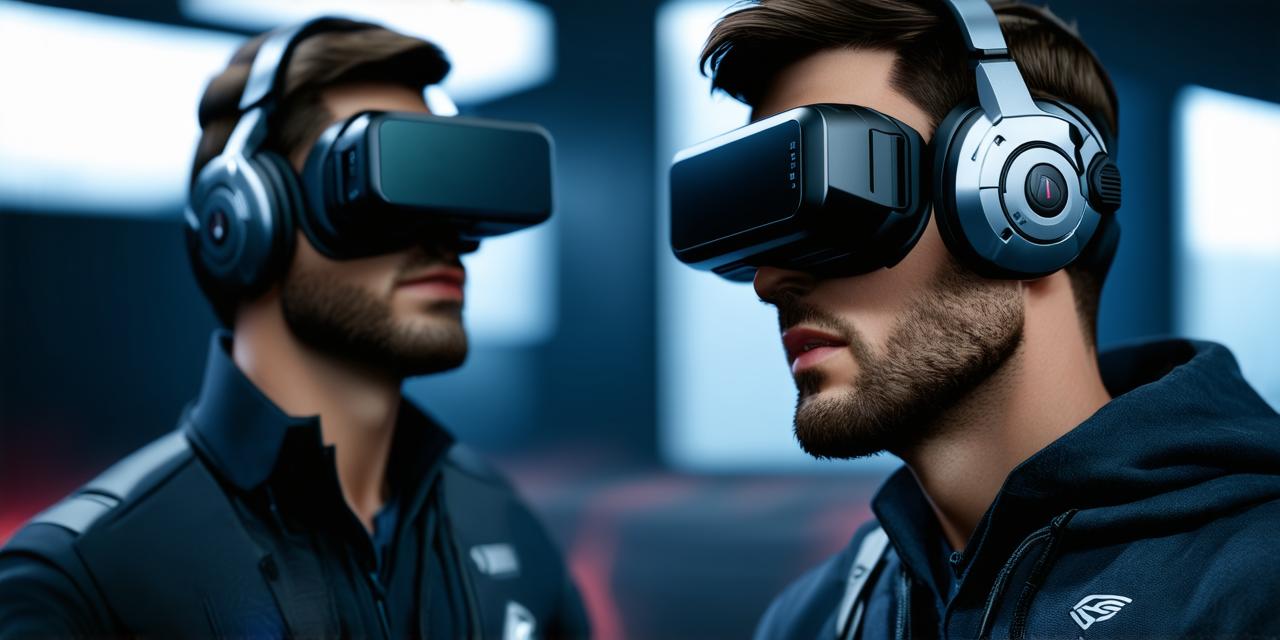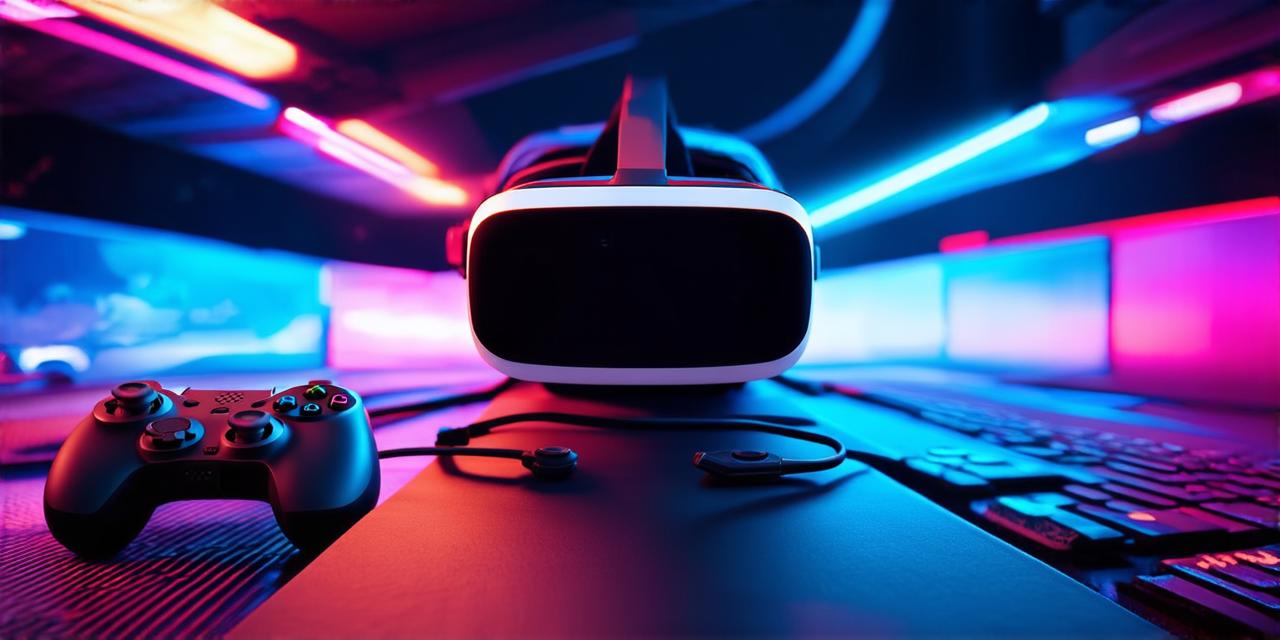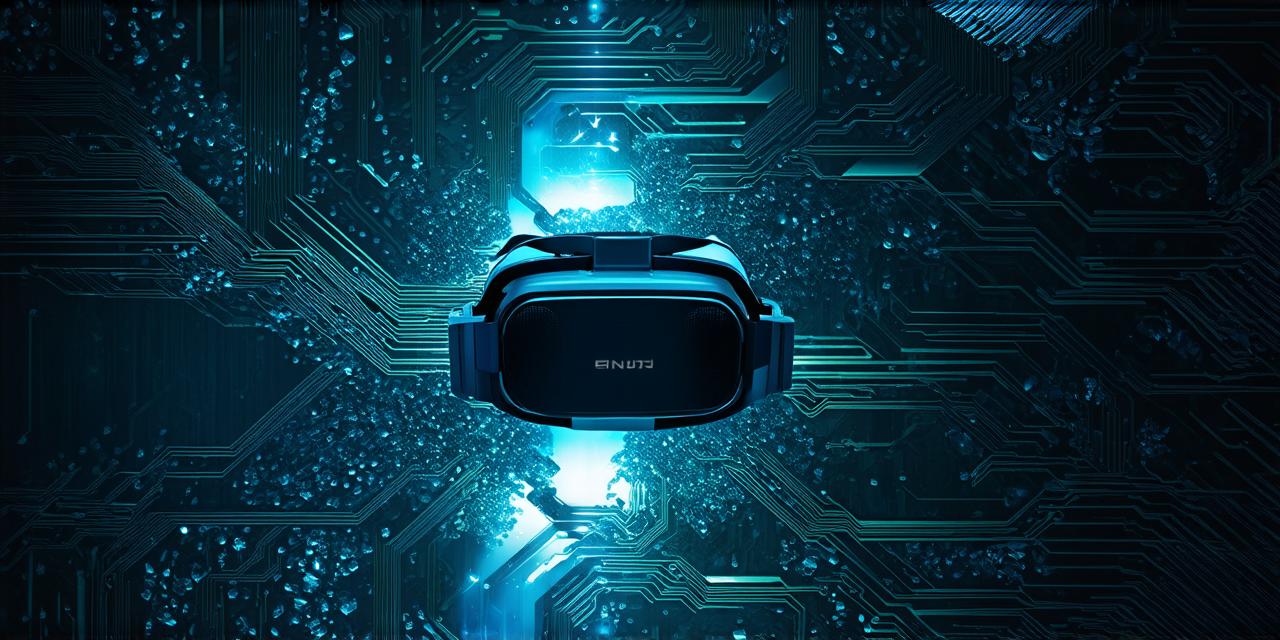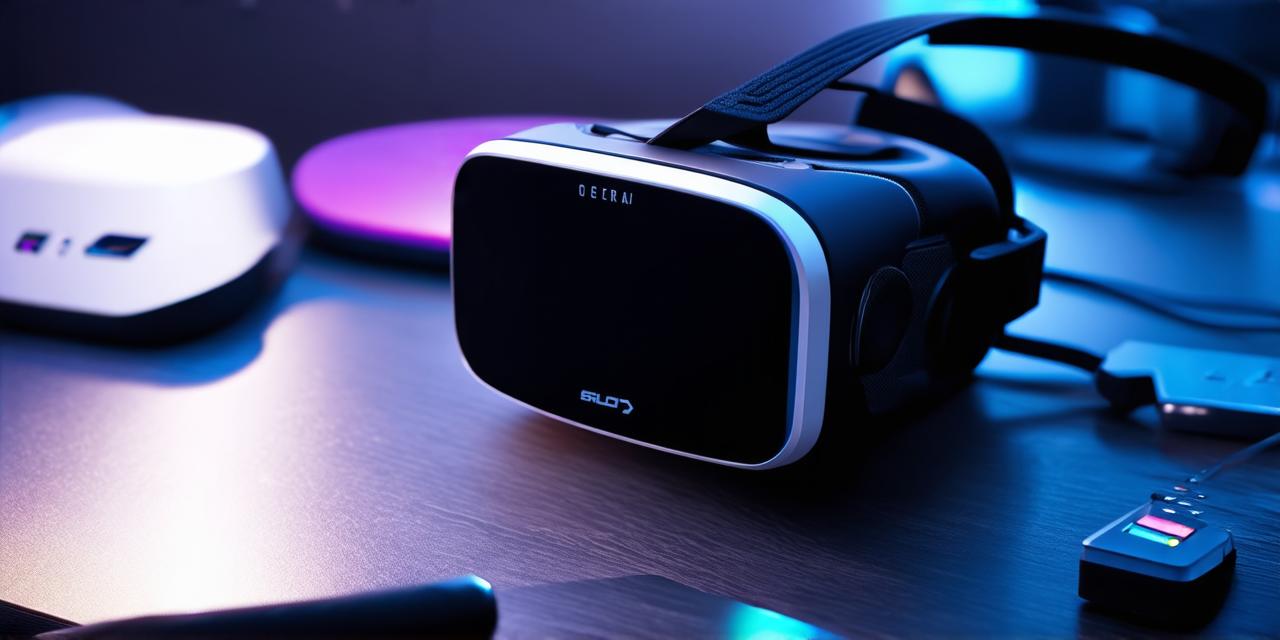Virtual reality (VR) and augmented reality (AR) are both transforming industries and changing the way we interact with technology. VR creates immersive, simulated environments that can transport users to new worlds, while AR overlays digital information on top of the real world.
The convergence of these two technologies is opening up new possibilities for developers and businesses alike.
One of the key ways in which virtual reality and augmented reality are merging is through the use of wearable technology.
Smart glasses and headsets that can track a user’s movements and display real-time information are becoming increasingly popular, with companies like Google and Samsung already releasing their own VR headsets.
One example of this convergence in action is the use of virtual reality for training and education.
By creating immersive simulations of real-world scenarios, VR can provide a safe and controlled environment for users to practice and improve their skills. For example, medical students can use VR to simulate surgeries, while pilots can practice flying in a virtual cockpit.
Another area where virtual reality and augmented reality are merging is in the realm of gaming.
With VR, gamers can enter fully immersive worlds and interact with characters and objects in ways that were previously impossible. Meanwhile, AR games allow users to play games overlaid on top of the real world, creating a unique and engaging experience.
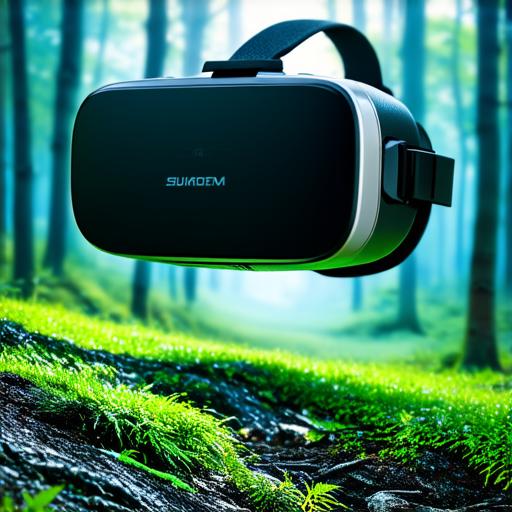
One of the most promising areas for the convergence of virtual reality and augmented reality is in the field of marketing and advertising.
By creating immersive experiences that blend real-world environments with digital elements, companies can create more memorable and effective campaigns. For example, a car manufacturer could use AR to allow customers to customize their dream car and then experience it in a virtual environment.
Despite the many potential benefits of this convergence, there are also challenges that need to be addressed.
One major issue is the cost of VR and AR technology, which can still be quite expensive for individual consumers. Additionally, there are concerns about the impact of virtual reality on mental health and wellbeing, as well as the potential for addiction and overuse.
Despite these challenges, the future of virtual reality and augmented reality looks bright.
As the technology continues to evolve and become more accessible, we can expect to see even more exciting developments and applications in the years to come. Whether it’s immersive gaming experiences, revolutionary training methods, or new ways of marketing and advertising, the merging of virtual reality and augmented reality is set to change the way we live and work.
Case Study: IKEA’s AR Kitchen
One great example of the convergence of virtual reality and augmented reality is IKEA’s AR Kitchen app. The app allows users to visualize how different pieces of furniture would look in their home by overlaying 3D models onto the real world using their smartphone camera. This not only makes it easier for customers to make informed purchasing decisions, but also provides a fun and engaging way to explore different design options.
Research: The Impact of VR on Mental Health
While virtual reality has the potential to be a powerful tool for mental health and wellbeing, there are also concerns about its impact. Research has shown that prolonged use of virtual reality can lead to feelings of isolation and disorientation, as well as issues with memory and attention. Additionally, there have been reports of motion sickness and headaches in some users.
Expert Opinion: The Future of VR/AR Development
According to Dr. Michael Abrash, a pioneer in the field of virtual reality and founder of Oculus VR, “The convergence of virtual reality and augmented reality is just the beginning of a new era of human-computer interaction. As these technologies continue to evolve, we can expect to see even more exciting applications and innovations.”

